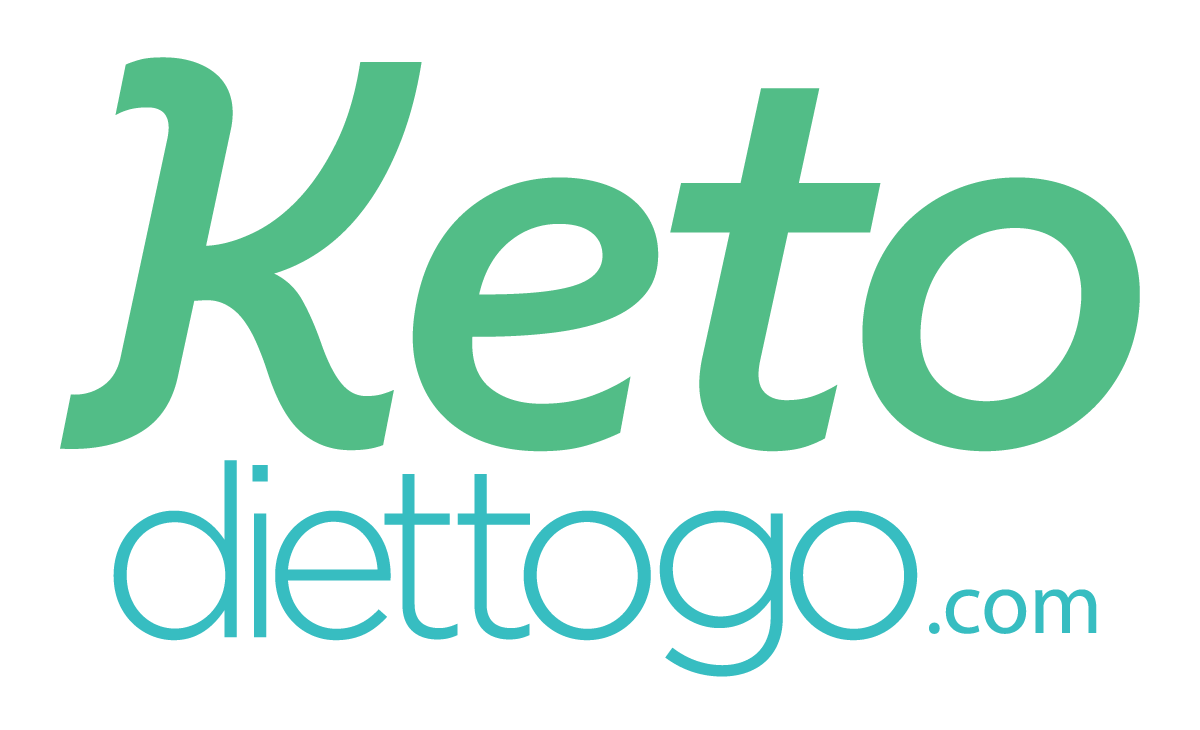7 Diet Tweaks that Lower Your Breast Cancer Risk
Sep 6, 2010
EDITOR'S NOTE: October is National Breast Cancer Awareness Month. Since diet plays a major role in just about all cancers, Diet-to-Go is doing its part to educate its customers and followers. Knowledge is power; empower yourself with dietary tips from DTG Registered Dietitian Rebecca Mohning.
Breast cancer risk ranks the highest among health concerns for women. Even if you have no personal history of the disease, you want to do what you can to keep your risk low.
And if you have had breast cancer, you never want to get it again.
Diet is thought to be responsible for about 40% of all cancers. Research suggests a healthy diet and healthy weight – combined with regular physical activity – can reduce the risk for breast cancer.
So based on the most current research, these are the most important steps to take to lower your breast cancer risk.
1. Eat plenty of fruits and vegetables. That means more than 5 cups a day. Include a wide variety of vegetables and fruits. Pick ones that have rich or dark colors since these will have the highest concentration of cancer-fighting antioxidants.
2. Limit your fat intake to less than 20% of your total calories per day. This is an extremely small amount of fat. Most of us eat enough fat to average out to about 30-35% of our total calories per day. Start by eliminating the foods with the highest fat content (i.e. fried foods and margarine) to significantly lower the amount of fat you eat.
3. Eat foods high in omega-3 fatty acids. Maximize your intake of omega-3 fats by choosing oily fish (salmon, tuna, mackerel, sardines, lake trout and herring) as well as incorporating nuts (walnuts, almonds or peanuts) and extra virgin olive oil or canola oil into your diet.
4. Avoid trans fats, red meats, and charred or smoked foods!
5. Drink less or avoid alcohol altogether. Alcohol use is the most well-established dietary risk factor for breast cancer. The Harvard Nurses' Health study, along with several other scholarly studies, has shown consuming more than one alcoholic beverage a day can increase breast cancer risk by as much as 25%.
6. Choose whole grains. Minimize consumption of the highly processed or refined grains. That means white flour, white rice, sugar and products containing them. These foods trigger hormonal changes that promote cellular growth in breast tissue. Replace these "wrong" carbs with whole grains and beans/legumes. The beans and legumes are great choices because of their high fiber and lignan content. Lignans are antioxidants and they're found in a variety of food, including flax seeds, pumpkin seeds, rye, soybeans and broccoli.
7. Supplement your diet with vitamin D. Current studies show that vitamin D reduces the risk of breast and other cancers. Many of us are vitamin D deficient so we may need to boost our levels into the normal range with a megadose of vitamin D... which needs to be prescribed by a physician. Once you've established a healthy level of vitamin D, the daily recommended dose falls between 1,000 and 2,000 IUs (international units). It's hard to get all the vitamin D you need from food. Some fish provides up to 700 IUs, but milk only provides 100 IUs per glass.
For more information on National Breast Cancer Awareness Month, go to http://www.nbcam.org
Rebecca Mohning is a Registered Dietitian and an Exercise Physiologist who believes that we can change our metabolism and achieve optimal health through proper nutrition and regular exercise. She has a Master's Degree in Exercise Physiology and a Bachelor's of Science in Dietetics from Iowa State University. She is a certified Personal Trainer by the American College of Sports Medicine. She specializes in weight management, performance nutrition, and eating disorders.









